Last Updated on 26/06/2024 by Manolis Maragkoudakis
Virtual Tour for Hotels
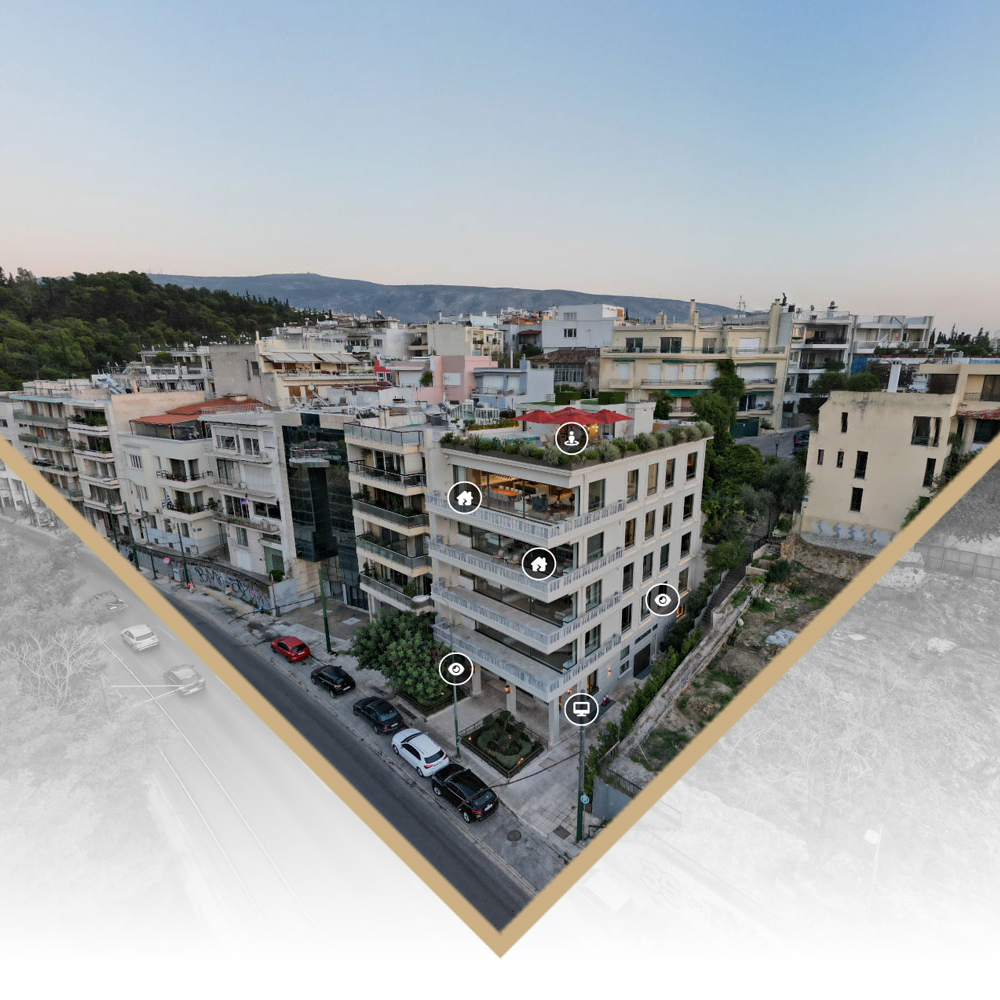
In an era of continuous technological advancement impacting our daily lives, the hotel industry is keeping pace. With the rise of virtual reality and the growing demand for immersive experiences, hotels are increasingly adopting virtual tours to transform how guests explore and appreciate their properties.
Gone are the days of scrolling through endless photos on hotel websites, trying to imagine what the room or the view really looks like. Virtual tours provide a 360-degree interactive experience, allowing potential guests to virtually step inside the hotel and gain an accurate sense of its offerings.
From the comfort of their homes, travelers can now explore the lobby, view the rooms, and even enjoy the stunning vistas from the rooftop terrace. This not only improves the booking experience but also enables guests to make more informed decisions, leading to higher satisfaction and fewer booking cancellations.
In this article, we will uncover the hidden gem that virtual tours represent for the hotel industry and explore how they are transforming guest engagement. Get ready to step into the future and experience a completely new way of enjoying your next hotel stay.
The Rise of Virtual Tours in the Hotel Industry
The hotel industry has always prioritized delivering exceptional experiences to its guests, evolving from luxurious amenities to impeccable service to meet the ever-changing needs of travelers. However, the traditional method of showcasing hotel properties through static images and descriptions is no longer enough to capture the attention and imagination of potential guests.
Enter virtual tours. These have gained popularity as technological advancements have made them more accessible and cost-effective for hotels of all sizes. By creating a virtual representation of their properties, hotels can now offer potential guests a deeply immersive experience that goes beyond what traditional marketing methods can provide.
Virtual tours allow guests to explore every aspect of a hotel, from the grand lobby to the cozy guest rooms. They can virtually stroll through the corridors, take a dip in the pool, and even enjoy a meal at the hotel restaurant.This level of interactivity not only gives guests a better understanding of what the hotel offers but also helps them envision themselves in the space, making it easier for them to decide to book.
Moreover, virtual tours are accessible from any location at any time. Potential guests are no longer limited to the limited information available on hotel websites or from travel agencies. They can thoroughly explore every part of the hotel at their leisure, free from the pressure to make a quick decision. This leads to a more informed and confident booking process, enhancing customer satisfaction and increasing bookings for hotels.
Benefits of Virtual Tours for Hotels
The advantages of virtual tours for hotels are extensive and extend beyond the booking process. Here are some of the main benefits that virtual tours offer:
- Enhanced Visual Experience
Virtual tours provide potential guests with a visual experience that traditional photographs cannot replicate. With a virtual tour, guests can navigate through the hotel on their computer or mobile device, gaining a 360-degree perspective of each area. They can zoom in for details, pan around to view different angles, and interact with specific elements within the virtual environment. This immersive experience makes the visit more engaging and memorable for guests, increasing the likelihood that they will recall and choose the hotel when making a booking.
- Increased Transparency and Trust
- Cost and Time Savings
- Competitive Advantage
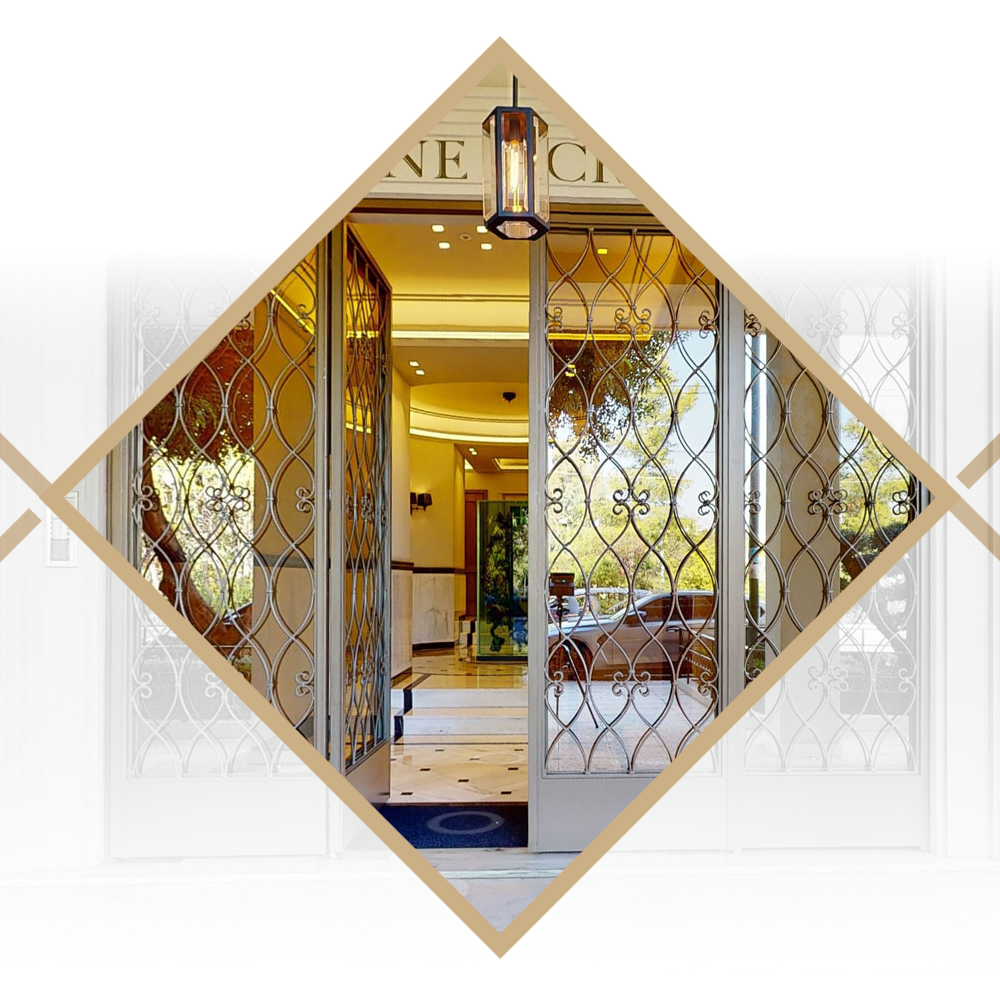
How Virtual Tours Enhance the Booking Process?
The booking process is a crucial phase for both hotels and guests. Hotels aim to attract and convert potential guests, while guests seek assurance that they are making the best choice for their stay. Virtual tours greatly enhance the booking process by providing a more immersive and detailed experience. Here’s how:
Improved Visualization
When making a booking decision, it is crucial for guests to visualize the hotel experience. Static images often fail to provide an accurate sense of what a room or view actually looks like. Virtual tours bridge this gap by allowing guests to virtually enter the hotel and see it from every angle. They can check the room’s layout, bed size, available amenities, and even the view from the window. This enhanced level of visualization helps guests make more informed decisions and reduces the likelihood of cancellations due to unmet expectations.
Increased Confidence
The more details guests have about a hotel, the more confident they feel in their booking choice. Virtual tours provide a comprehensive view of the hotel, showcasing the lobby, common areas, guest rooms, and even the surrounding neighborhood. By virtually exploring these spaces, guests can assess the hotel’s atmosphere, cleanliness, and overall vibe. This heightened confidence in the hotel increases the likelihood of bookings, as guests feel reassured that their expectations will be met or even exceeded.
Personalization and Customization
Virtual tours can be tailored and personalized to meet various guest preferences. For example, a business traveler might want to view the conference facilities and business center, while a family traveler might be interested in the pool and children’s play areas. By creating virtual tours that highlight specific features and amenities, hotels can appeal to different market segments and offer a more customized booking experience. This level of personalization helps guests feel valued and understood, increasing the likelihood that they will choose the hotel for their stay.
Virtual tours can be integrated into the booking process, providing a seamless and interactive experience for guests. Instead of relying solely on static images and descriptions, guests can navigate the virtual tour and interact with specific elements for more information. For example, they might click on a bed to learn about the type of mattress and its comfort level, or click on a restaurant table to view the menu and make a reservation. This interactive approach not only provides real-time information but also keeps guests engaged and builds excitement for their upcoming visit.
Creating an Immersive Virtual Tour Experience
Developing an immersive virtual tour experience requires meticulous planning and attention to detail. Here are some essential factors to consider when designing a virtual tour for your hotel:
- High-Quality Photography
- Seamless Navigation
- Interactive Elements
- Mobile-Friendly Design
- Integration with Booking System
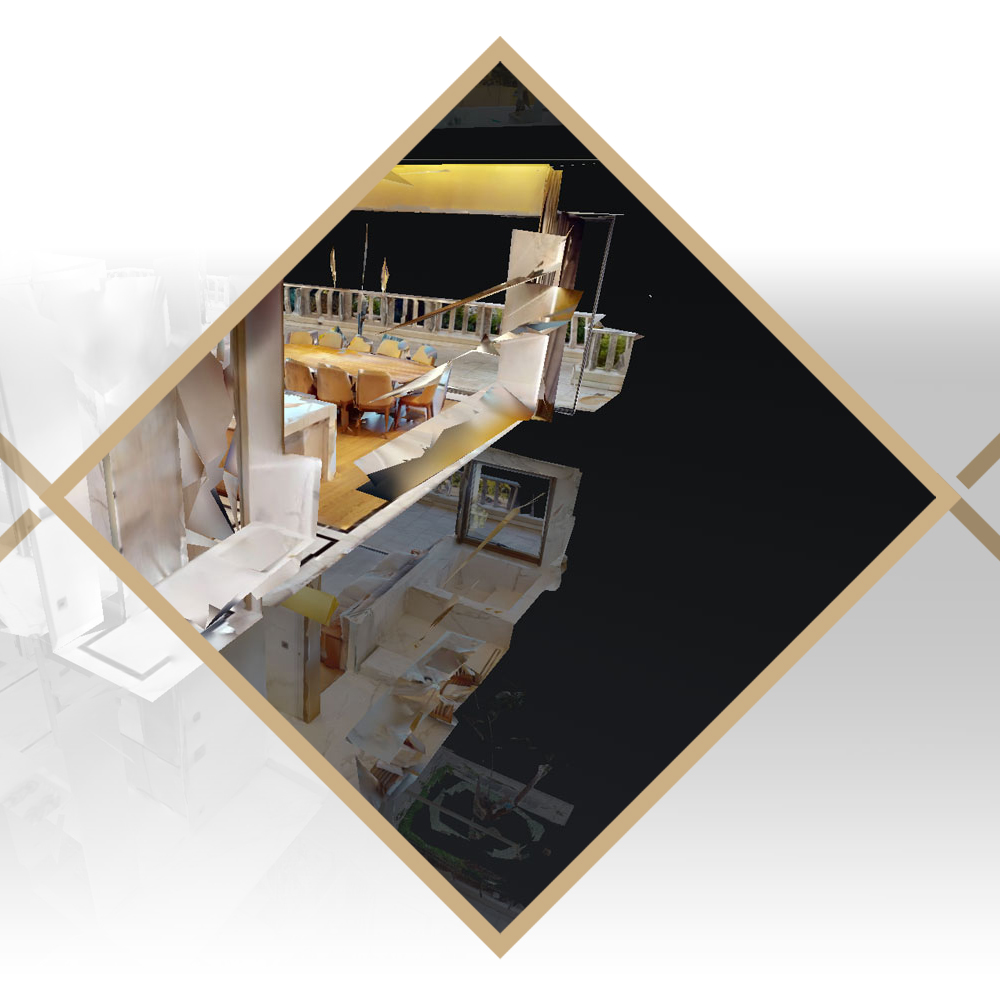
Virtual Tour Best Practices for Hotels
When developing a virtual tour for your hotel, adhering to established guidelines is crucial to ensure its effectiveness and impact. Below are some essential pointers to consider:
- Keep It Short and Sweet
- Use Professional Narration or Voice-Over
- Optimize Loading Speed
- Promote and Share Your Virtual Tour
- Collect and Analyze User Feedback
To further improve your virtual tour’s effectiveness, integrate it directly with your hotel’s reservation system. Facilitate a smooth transition from touring to booking by incorporating clear calls-to-action and booking links within the virtual tour. This seamless integration makes it easy for guests to move from exploring the virtual tour to making a reservation.
By taking these steps and investing in a well-crafted virtual tour, hotels can create an immersive and captivating experience that effectively showcases their properties, enticing potential guests to make bookings. Additionally, collecting and analyzing user feedback can provide valuable insights into guest preferences and areas for improvement, further enhancing the overall experience.
Virtual Tour Software and Technology Options for Hotels
- 360-Degree Cameras
- Virtual Tour Software
- Virtual Reality (VR) Headsets
- Website Integration and Hosting
Embracing the Future of Hotel Experiences with Virtual Tours
Virtual tours have become an invaluable asset for the hotel industry, fundamentally transforming how guests interact with hotels and redefining the booking process. With their immersive and interactive features, virtual tours provide guests with a comprehensive view of the hotel, fostering transparency and trust. They enable potential guests to visualize the hotel experience, boosting their confidence and reducing the likelihood of booking cancellations. Additionally, virtual tours offer cost and time efficiencies for both hotels and guests, creating a win-win scenario.
As technology advances and consumer expectations evolve, virtual tours will become essential for hotels aiming to stay competitive. By embracing virtual tours and following established guidelines, hotels can showcase their properties in a captivating and memorable way, appealing to a wider audience and increasing bookings.

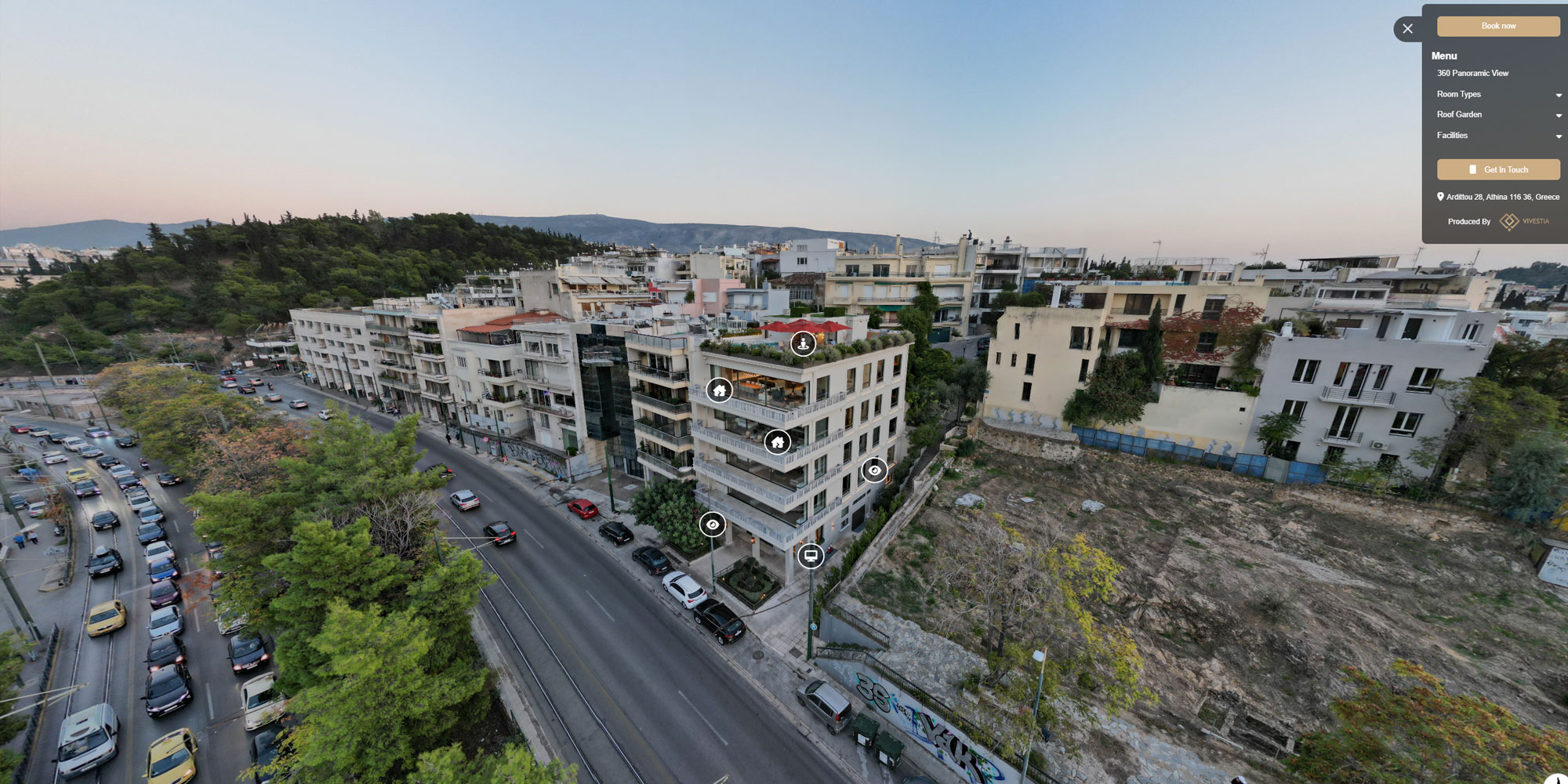
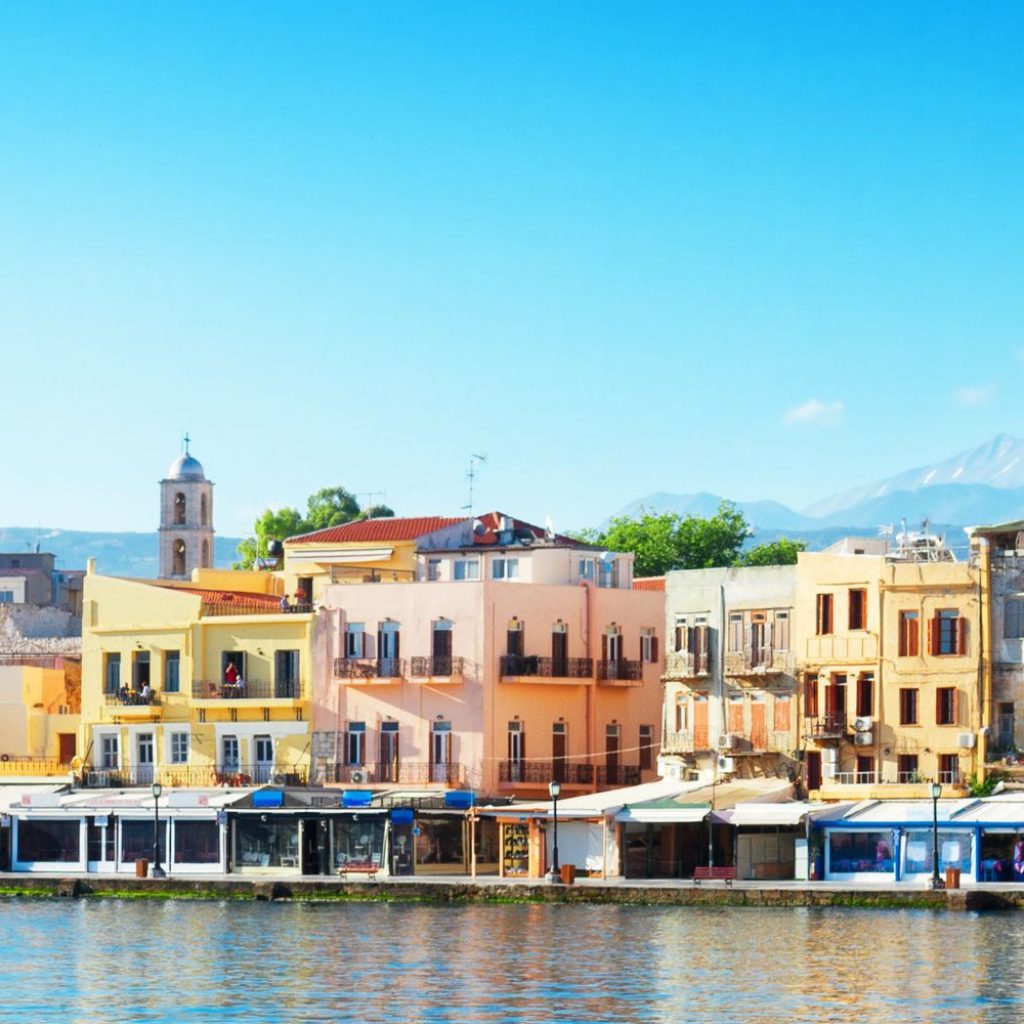
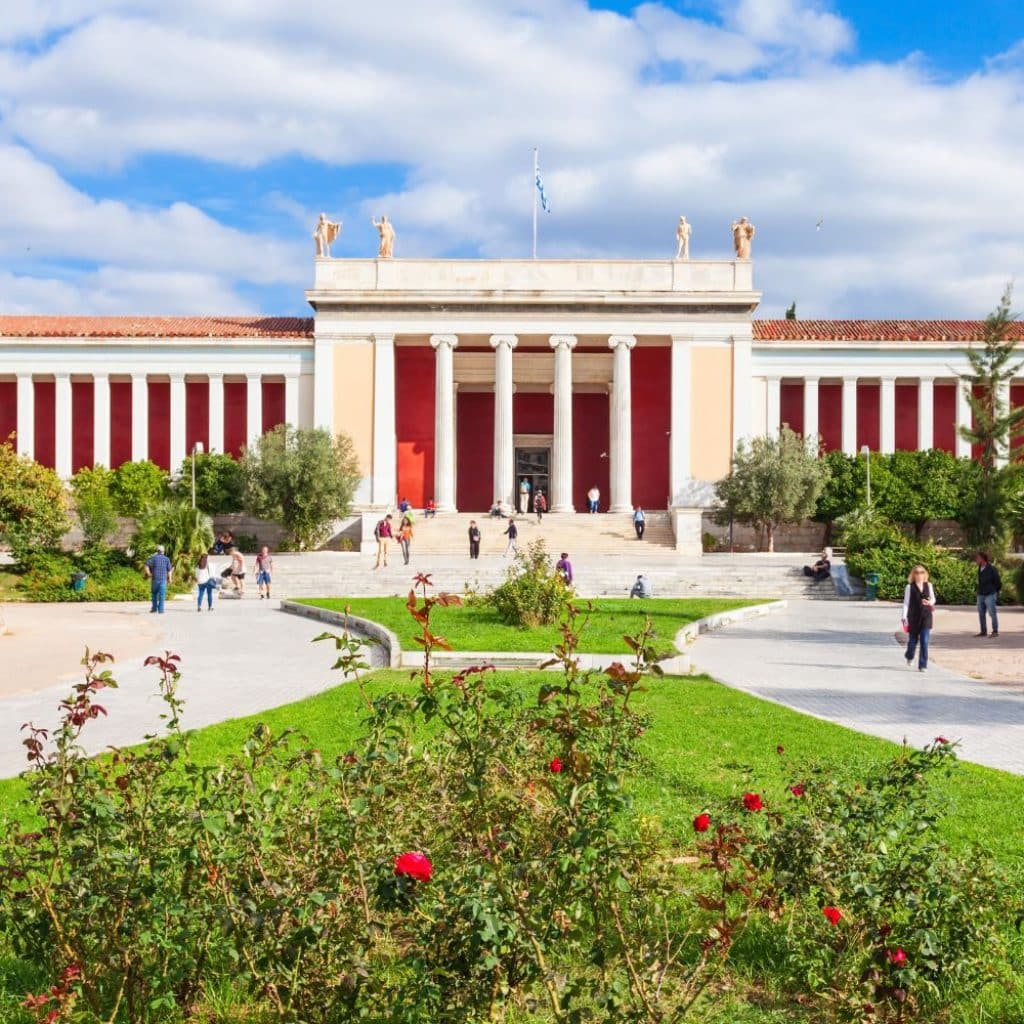
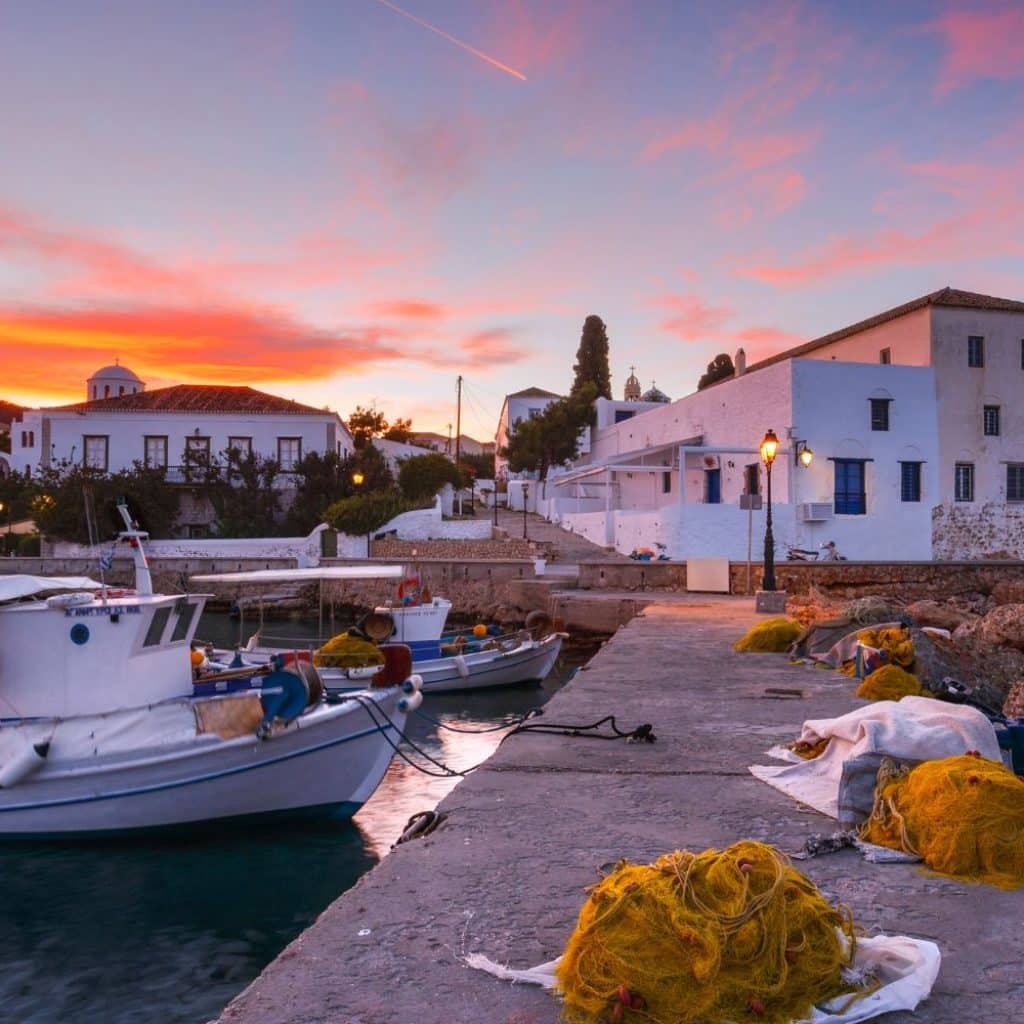

Post Discussion